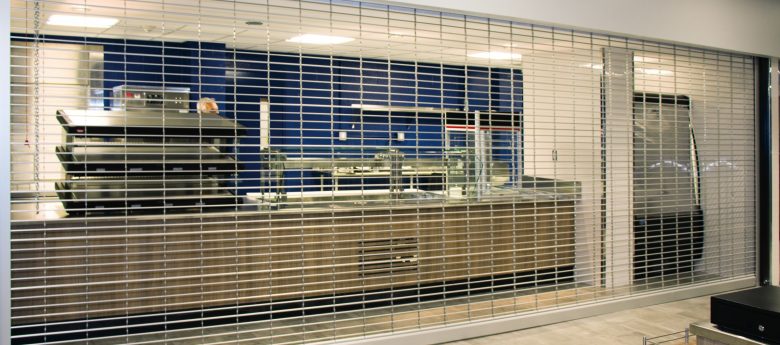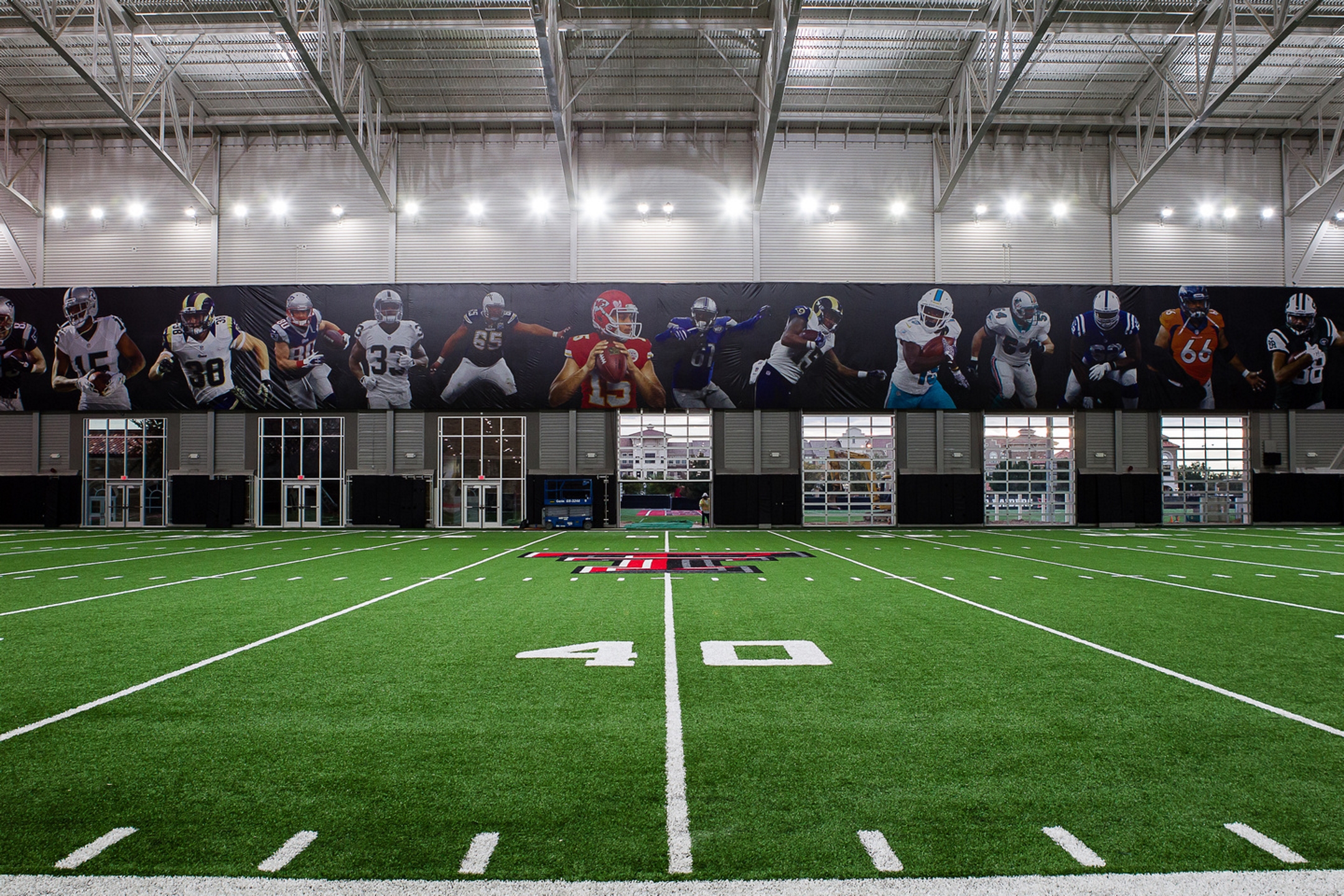The Right Commercial Door Makes a Difference

While commercial doors may not be the focal point of medical or educational facilities, they play an essential role and can make an impact on business operations. While the obvious use may be in areas such as loading docks, commercial doors serve a variety of purposes in both healthcare and education settings, including sports facilities, security checkpoints and areas that cannot risk exposure to cross-contaminants.
To ensure facility managers are selecting the right commercial doors to keep operations moving at maximum efficiency, there are several considerations that should be weighed like what the doors’ purpose is, what levels of speed are needed and how durable must the door be to withstand light or heavy usage.
Function
With thousands of commercial doors to choose from, the intended purpose of a space should be top-of-mind when determining what door is best suited.
Recently, Texas Tech University in Lubbock, Texas opened a new $48-million Sports Performance Center, boasting a state-of-the-art indoor football practice facility. The facility chose to incorporate seven aluminum glass doors to line the 120-yard football field, approximately 75,000 square feet of glass. Thanks to the full-view clear glass windows, the facility is now able to receive ample natural light when the doors are either opened or closed.

While this type of door features an eye-catching design and can make the atmosphere feel more open due to its endless windows, this door is not suitable for every type of facility. For example, an area in need of security, like a front desk, would require different benefits that the aesthetics and visibility-driven design of an aluminum door. Instead, a security grille located at the opening of a front desk would be ideal. The slats are small enough to keep hands out, and because of the different materials used – commonly steel for security grilles – there would be no worry of anyone attempting to break the glass windows to gain entry.
In applications where cross-contamination is a concern, like different units of a hospital or food and beverage production areas, aesthetics are also not as important as high-performance features. These doors require high speeds, high cycle life and low maintenance, more than anything else to keep daily operations moving.
Speed
In food and beverage production areas or in a hospital setting, speed is a critical element in preventing the spread of bacteria. After all, the door could be the barrier containing the next big outbreak. High-speed interior fabric doors are incredibly fast with opening speeds of up to 70 inches per second and closing speeds of 40 inches per second, and a crucial design element. Speed also plays a major role in a facility’s thermal efficiency if a door is open and closed more than a dozen times a day, which is a key element to keeping operating costs low.
Cycle Life
The opening and closing of doors also have a large impact on cycle life. Traditional sectional or rolling doors are designed for 10,000 or 20,000 cycles, and the typical upgrade is to enhance the spring system. High-performance doors on the market, on the other hand, are designed to take on several hundred thousand cycles and are a great way to minimize facility downtime.
Expert Advice
With numerous commercial door options on the market, it’s easy for the decision makers to get confused or overwhelmed when faced with a seemingly infinite amount of choices.
Before purchasing, take time to speak with the leading manufacturers in the commercial door industry and your local commercial door distributors for guidance on the jobsite. The distributors will take care of all installation needs, making the process easy. They are experts in their product, ensuring the best product for the job is used and installed properly for a high level of customer satisfaction.
Christian Morrow is Brand Manager for the Overhead Door™ Brand.
